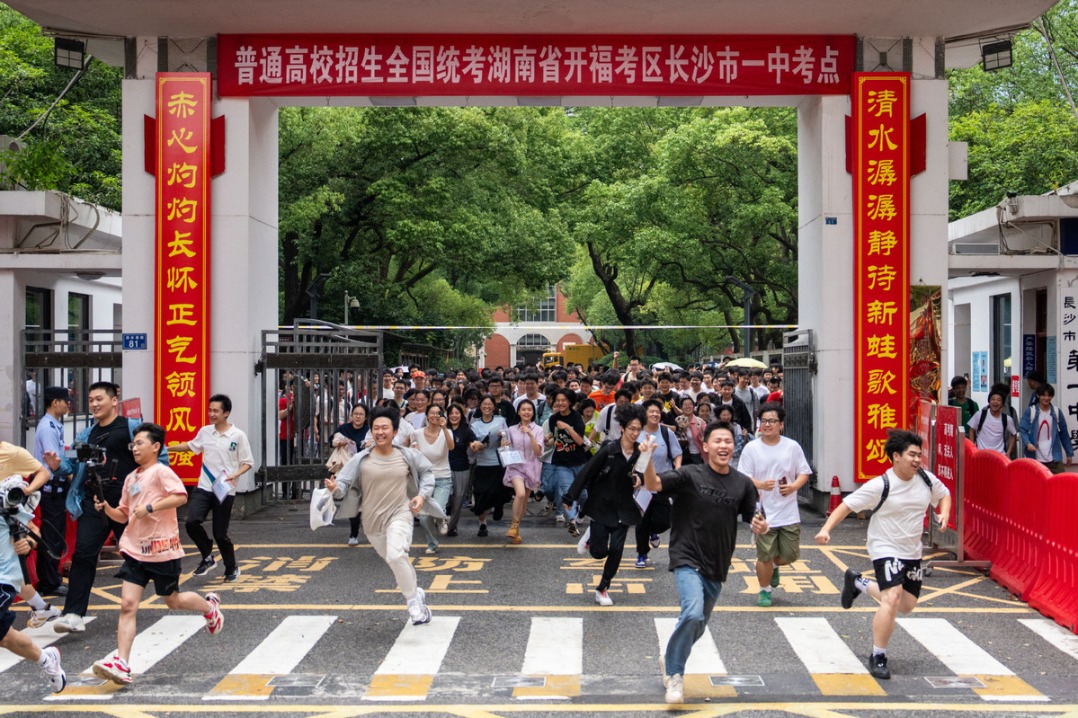Specialized relics rule mandates survey before construction in Shanxi


Relic-rich Shanxi province becomes the first provincial-level region to establish locally specialized rule to better protect its cultural heritage through legislation, after the amended Cultural Relics Protection Law was put into effect in March.
The standing committee of the Shanxi Provincial People's Congress passed the regulation during a recent session, and the new regulation will take effect in July, the committee said on Friday in Taiyuan, the provincial capital.
The eight-chapter, 62-article document covers areas such as immovable relics, archaeological excavations, privately owned artifacts and research and usage.
Yan Moyu, an official from the local legislature, said that specific measures including a mechanism that requires all above-ground development projects to conduct archaeological surveys before proceeding, and that all land plots have to go through archaeological excavations before they are transferred for real estate or other construction purposes.
In addition, the rule also requires authorities to conduct protection plans for immovable relics, as well as establishing protocols aimed at eliminating any hazards that may threaten the protection of relics.
Wang Zhenhua, deputy director of the province's cultural relics bureau, called the rule an important guarantee of the province's advance in pushing for high-quality development of the cultural relics sector.
"It's the first time that we put the 'survey before construction' and 'archaeological excavation before land transfer' rules into a local regulation," he said. "We strive to guard the 'golden plaque' of the popular saying 'Shanxi is the place to go when it comes to cultural relics above the ground' with the power of legislation."
Boasting nearly 54,000 items of immovable relics, including 531 national-level key sites, Shanxi holds more than 80 percent of the nation's ancient wooden buildings that date back to Yuan Dynasty (1271-1368) or before, including China's only three existing wooden structures tracing back to the Tang Dynasty (618-907).
Renowned locations in Shanxi like Yungang Grottoes, Pingyao Ancient City and Mount Wutai are listed among UNESCO's World Cultural Heritage Sites, while the popularity of the video game Black Myth: Wukong injected new vitality into Shanxi's ancient structures last year, from where the game drew its inspiration.
Zhang Hanqi, another official in the provincial legislature, said that despite an abundance of relics resources, the province faces drawbacks and challenges.
The situation regarding the security of relics remains grim while the staff and personnel in the sector are relatively limited, he said, adding that innovation on the relics protection work is also lacking.
The province will summarize the experience during the protection work and transform successful practices into regulations to better guide future work, this includes the further integration of culture and tourism, and the exploration of ways to better present relics to the audience.
- Specialized relics rule mandates survey before construction in Shanxi
- Illegal water usage in five areas along Yellow River made public
- Visa-free policies boost inbound summer tourism
- China-Europe freight train reaches milestone
- China approves novel homegrown flu drug
- Introduction of gaokao in Braille transforms lives






































